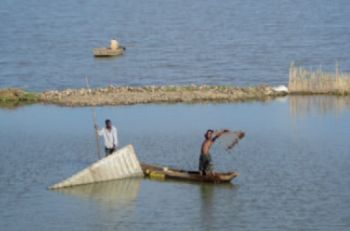Deltas information
River deltas regions may be considered some of the wealthiest places in the world, drawing large populations with their rich environmental resources and strong economic potentials; they are hubs of innovation, biodiversity, industrial and agricultural productivity, and home to some of the world’s fastest growing cities. Delta regions are also some of the most highly stressed areas in the world, with great competition for land and water use, and experiencing impacts from all activities occurring in the river basin. Natural characteristics of river deltas make them vulnerable to complex problems such as flooding, subsidence, and salt water intrusion. Human impacts increase their vulnerable by reducing natural resilience, introduce additional problems, and devastate vital ecosystems. Both natural and human-built capital are at risk in river delta regions, making their protection essential. The deltas which are focussed by Delta Alliance are:
- California Bay (USA)
- Ciliwung Delta (Indonesia)
- Ganges–Brahmaputra Delta (Bangladesh)
- Mahakam Delta (Indonesia)
- Mekong Delta (Viet Nam)
- Mississippi Delta (USA)
- Nile Delta (Egypt)
- Pantanal (Brazil)
- Parana (Argentina)
- Rhine-Meuse Delta (the Netherlands)
- Yangtze Delta (China)
Although there already exists a large body of knowledge on the characteristics and functioning of deltas, most of this information is of a monodisciplinary nature. Relatively little knowledge enables a comparative overview of delta management in which both the natural scientific, social and managerial knowledge is analysed
in a comprehensive way. There is a clear need for some kind of generic framework applicable to all deltas to monitor and compare the current and future status of deltas and to improve resilience and support sustainable development.

A project of the Delta Alliance, called: Comparative overview of deltas. Towards more resilient and sustainable deltas, proposes a framework for delta assessments building on the work done for the Aquaterra 2009 conference (Amsterdam, January 2009) and elaborating recent recommendations of the World Estuary Alliance conference (Shanghai, June 2010) regarding the development of a worldwide assessment of estuaries by means of ‘scorecards’.